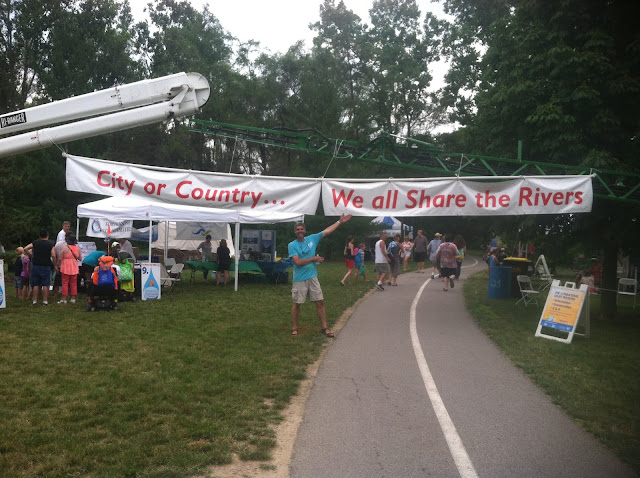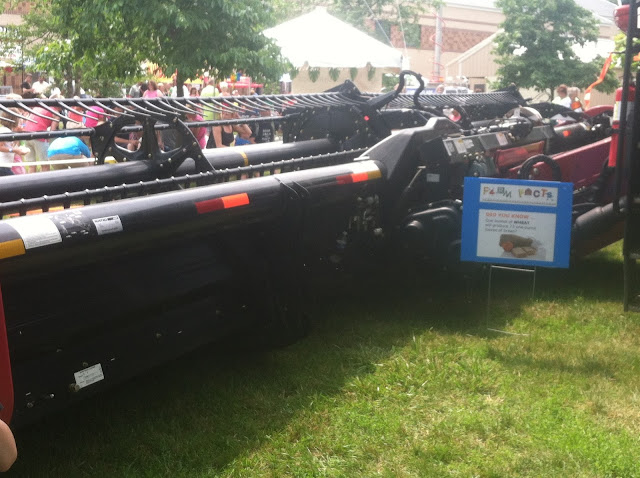by: Laura Fribley, District
Support Specialist, Indiana State Department of Agriculture
Scott County
farmers are continuing the trend of plowing less of their land as they employ
sound conservation practices that preserve valuable topsoil while making it all
work toward a better bottom line. Data
from the 2013 Tillage Transect indicate that as a result of tillage practices
on Scott County’s corn and soybean acres, an estimated 75,100 gallons of diesel
fuel are saved compared to conventional tillage this year, and 121,100 tons of
soil!
As Indiana
farmers wrapped up planting, local conservation agency teams around the state conducted
“Tillage Transect” countywide surveys. The
process identifies the types of tillage systems farmers are using and long-term
trends of conservation tillage adoption.
Conservation
tillage leaves 30 percent or more crop residue cover such as stalks, leaves,
and roots on the soil surface before and after planting. “Conservation tillage helps keep the soil
where it belongs: on the field. This
residue cover can help reduce soil erosion by 50 percent or more compared to
bare soil. This is good for our farmers, good for soil productivity, and good for
healthy streams,” says Laura Fribley, Indiana State Department of Agriculture
(ISDA). Conservation tillage also
includes a practice commonly known as “no-till”, where farmers directly plant
into the previous crop with little disturbance.
No-till farming methods can reduce soil erosion by 75 percent compared
to a conventional (chisel-disk) tillage system.
 |
| Indiana State Department of Agriculture’s Resource Specialist Ed Roll examines crop residue in a Scott County soybean field as part of the 2013 Tillage Transect survey. |
In June, employees from ISDA, Scott County Soil and Water Conservation District (SWCD), and Natural Resources Conservation Service spent the day collecting data within the boundaries of Scott County. Ed Roll, Resource Specialist with ISDA, has assisted with thirteen Scott County Tillage Transects since they began in 1990. This experience, along with being a lifelong resident, has given him the perspective of watching conservation tillage grow over time. “My brother and I started with no-till by renting a corn planter in the early 1980s, from Clark County SWCD and a no-till drill from Scott County SWCD as well,” says Roll. “Over the years, a lot of agencies encouraged no-till, and a lot of local producers adopted these conservation tillage methods. Scott County has always had a good amount, which is why we’ve been locally called the “No-till Capital of the World’”.
Indiana is
the only state nationwide that still continually conducts the Tillage Transect,
and the data is used by multiple agencies and publications. For more information on conservation tillage
trends within your county and around the state, please visit http://www.in.gov/isda/2383.htm
or contact your local SWCD http://www.in.gov/isda/2370.htm
.











